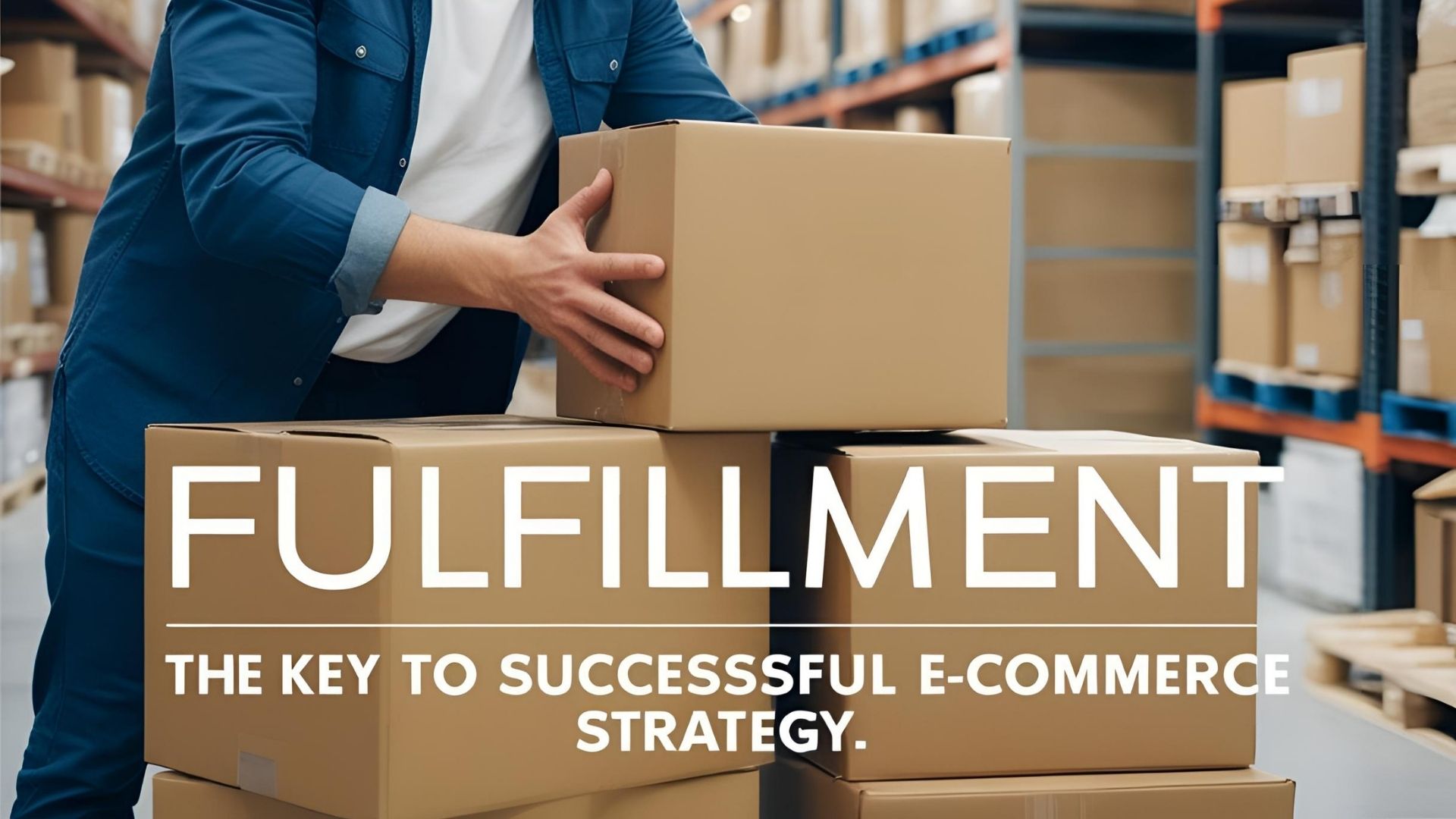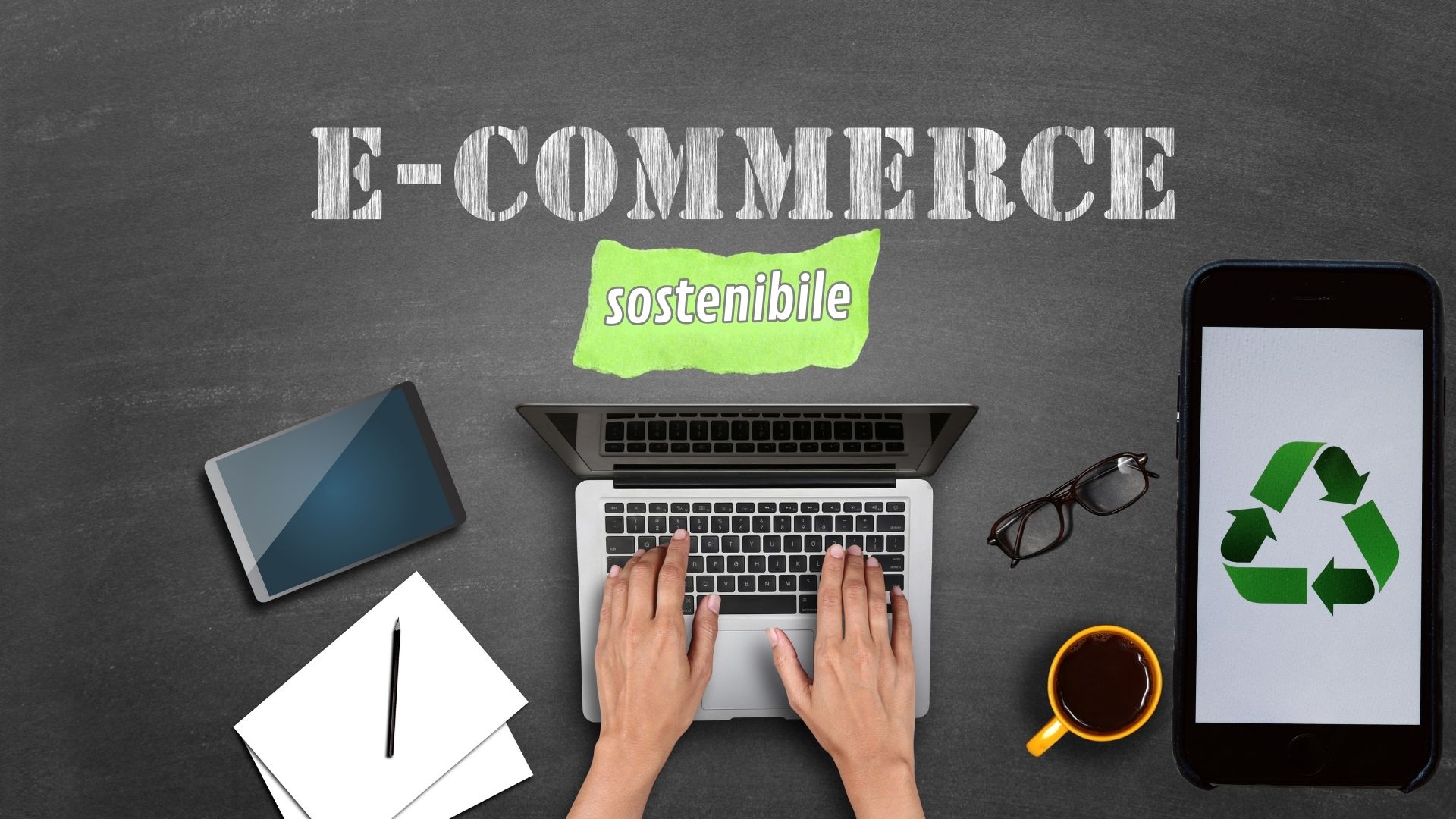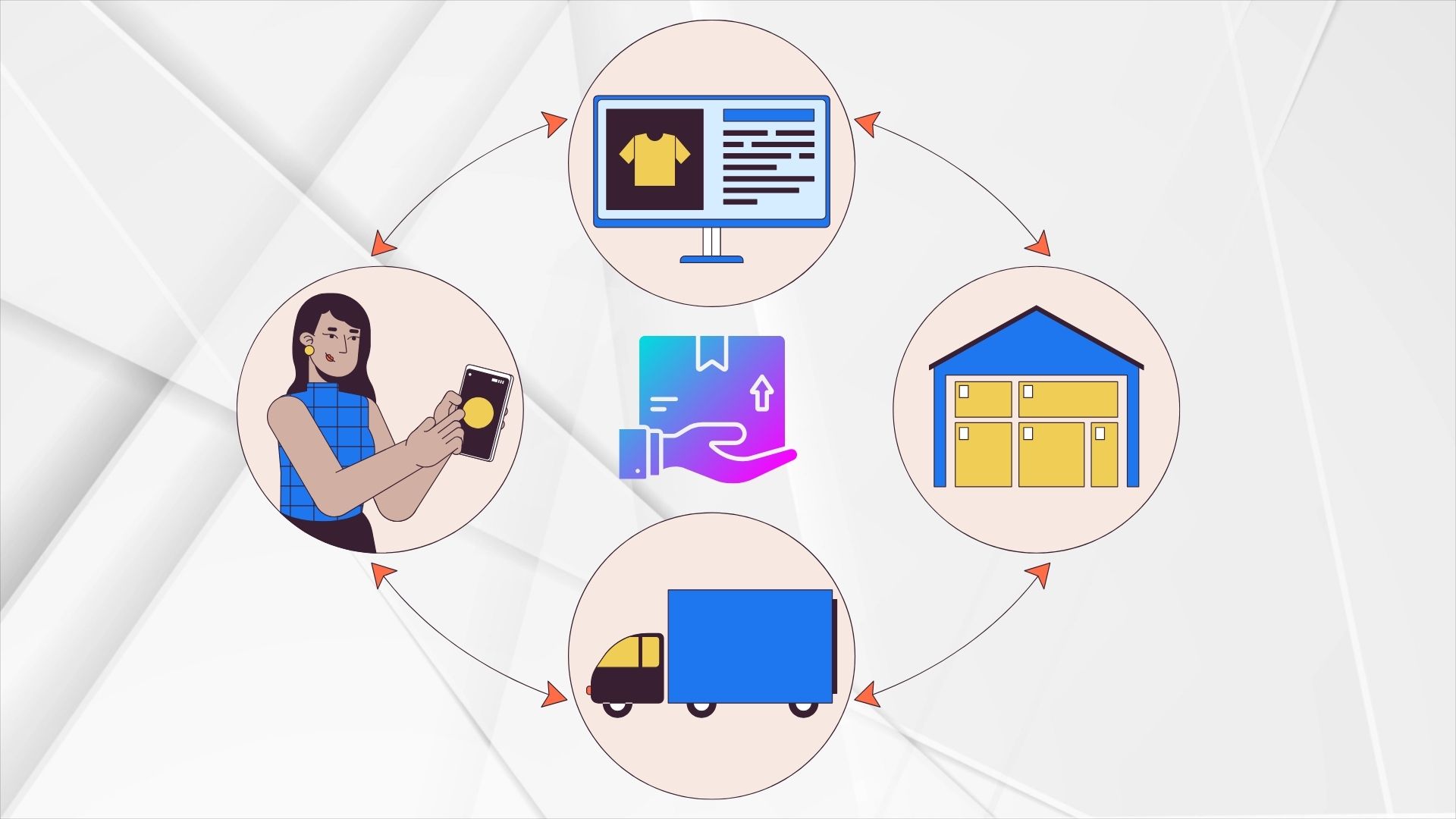The growth of the e-commerce industry has made the logistics process of getting orders to customers more complex. Also because of the Covid-19 pandemic that has impacted entire e-commerce supply chains. One thing, however, remains constant in these times: consumers do not like to wait. At a time when people are increasingly choosing online over the physical store, shipping speed can play a decisive role on whether they choose to buy from an e-commerce store or its competitor. But the logistics infrastructure required for an e-commerce business to meet consumer demands is not easy to implement on your own. How do you put your brand in a position to offer fast shipping without time, resources, and the investment in multiple warehouses? In this article, we will go into the details of how e-commerce logistics works, how it differs from the logistics of a traditional store, and how to offer the best shipping options.
WHAT IS E-COMMERCE LOGISTICS?
The definition logistics for e-commerce refers to the processes involved in storing and shipping inventory for an online store or marketplace, including inventory management and picking ,packing and shipping orders.
E-commerce logistics begins with moving inventory from the manufacturer and lasts until it reaches the end customer's destination.
Digital fulfillment is one of the most critical pieces of e-commerce logistics, which includes:
- Inventory management
- Warehousing and storage
- The fulfillment of orders, or the collection, packing, and shipping of orders
Each of these components is itself very complex, and keeping them all together smoothly is no small task. If you decide to outsource fulfillment, the 3PL partner you choose must be reliable and capable of fulfilling orders, even during peak and vacation periods.
Any lack of communication or execution within the supply chain can negatively impact the customer experience.
THE LOGISTICS CHALLENGE FOR ITALIAN E-COMMERCE
As mentioned earlier, the management of the logistics apparatus is a critically important aspect for any e-commerce company. It is what makes the difference in customer satisfaction and is, therefore, a driver key to business success. Therefore, it cannot be neglected, ever, at any time and at any step.
One of the biggest challenges facing Italian e-commerce today is precisely this, namely having a distribution system that is as organized, fast, efficient, rational, optimized and, above all, in step with the times as possible. The online consumer, in fact, expects ever newer and faster options for delivery and pickup of products and reliable and modern tracking and reporting solutions.
THE MODERN SUPPLY CHAIN: THE 5 FUNDAMENTAL FACTORS
Looking back 30-40 years ago, there was a relatively straight line between suppliers and retailers. Since e-commerce has grown and become a worldwide channel, inbound and outbound logistics processes are much more complex. There are now more moving parts and middlemen helping to ensure that products reach customers.
- Suppliers
Suppliers or manufacturers are those who have inventory ready to ship to a business destination. They produce products and ship them to fulfillment or logistics centers once a purchase order has been placed.
- Fulfillment centers
Fulfillment centers are the large warehouses that hold inventory close to the end consumer, so each order is picked, packed, and shipped as soon as it is placed to ensure quick delivery. Fulfillment centers can be owned or leased by an e-commerce company, or by a third-party logistics service provider (3PL), which is a professional retail fulfillment company that performs services for many brands.
- Distribution hub
Large e-commerce retailers have their products in multiple locations in their country or around the world for both direct-to-consumer (DTC) and B2B orders. Rather than keeping all inventory in one location, which can lead to longer lead times and higher shipping costs, splitting inventory allows for faster shipping of DTC orders.
You may choose to use a separate structure for B2B e-commerce orders, which require different fulfillment processes than DTC orders. Differences include packaging requirements, e-commerce storage needs, and final shipping destinations and customer types.
- Sorting facilities
Facilities that sort items are usually for large-scale e-commerce stores that move large quantities of many SKUs.
- Couriers
Shipping carriers handle the transportation of products to their destination. The most common Italian carriers are FedEx, Bartolini, UPS, and DHL, and they typically transport packages via trucks and airplanes.
DIFFERENCE BETWEEN E-COMMERCE LOGISTICS AND TRADITIONAL LOGISTICS
E-commerce logistics and physical store logistics differ in a few ways. While e-commerce logistics focuses on getting products to the customer’s home, traditional logistics focuses on getting products to stores.
Profound changes in traditional distribution methods have transformed multiple areas of logistics, highlighting the differences between the traditional and modern models. Let’s see them schematized in the table below
| Traditional Logistics | E-commerce Logistics | |
| Type of order/submission | Work is done with large and full loads. Consolidation of goods takes place. | Small packages, crates, and parcels predominate |
| Customer | The company has an accurate sketch of its customer. Trustworthy. | The company does not know its customer. Difficult to retain. |
| Flow of goods | Regular. | Irregular and complex. |
| Type of trade exchange | B2B. The exchange takes place mainly with other companies or retailers | B2C, although there may be cases of B2B e-commerce. |
| Question | Stable and predictable. | Fluctuating and difficult to predict |
However, the two models do not necessarily have to be isolated from each other; they can coexist, especially within an omnichannel model.
WHAT DOES IT TAKE TO EXCEL IN E-COMMERCE LOGISTICS?
To excel in e-commerce logistics, you need to focus on supply chain efficiency. This incorporates a mix of technology, resources and best practices designed to help you scale your growing business.
- Inventory management software
Inventory management requires rigorous reporting and a real-time view of quantities between SKUs and locations. Instead of static manual options such as inventory sheet templates or spreadsheets, it would make sense to use software designed for e-commerce logistics processes.
- Warehouse management systems
If you run your own warehouse and all components of e-commerce logistics, you will need a warehouse management system (WMS). These systems are used to track the performance of the warehouse and provide valuable information to improve its processes.
- Reports and insights
Are orders delivered on time? What is the cost per order? What would be the shipping costs if you went from one fulfillment center to two (or two to three, and so on)?
With the right reporting technology, you can automatically gain valuable insights into e-commerce logistics systems to see how you can create a lean supply chain and save costs where needed.
THE IMPORTANCE OF HAVING THE RIGHT PARTNER FOR E-COMMERCE LOGISTICS
Partnering with the right 3PL can be key to the success of your business. The goal is to find an ecommerce logistics partner who can help maximize profits as an ecommerce by optimizing the supply chain.
The right partner can provide the following:
- Shipping capacity in 48h
Many e-commerce companies now focus on having the logistics network in place to offer 48h shipping for their customers. This is possible through distributed inventory, which allows orders to be shipped from warehouses closest to customers to get orders delivered faster.
- Performance monitoring
A 3PL ‘s technology enables e-commerce owners to keep their logistics under control through up-to-date data and information. Modern reporting and distribution metrics allow you to see what is working and what is not in your supply chain.
- Improved processing of returns
Returning e-commerce returns to inventory can be costly and time-consuming. With modern e-commerce logistics, it’s easier than ever. 3PLs can process returns to make it simple and convenient.
- Scalability
With all the above advantages, e-commerce businesses can scale their business much faster by having the logistical network needed to keep their customers happy.




